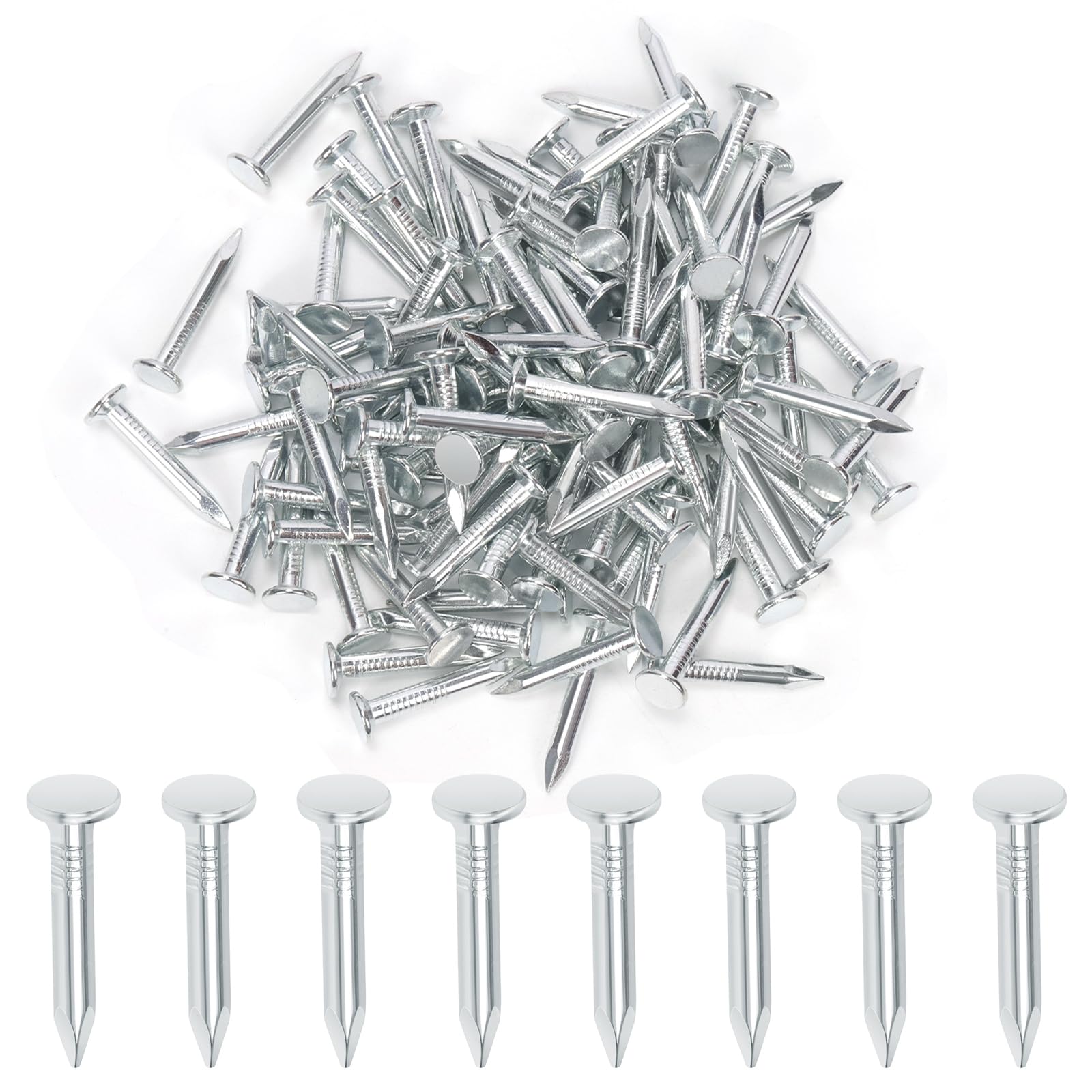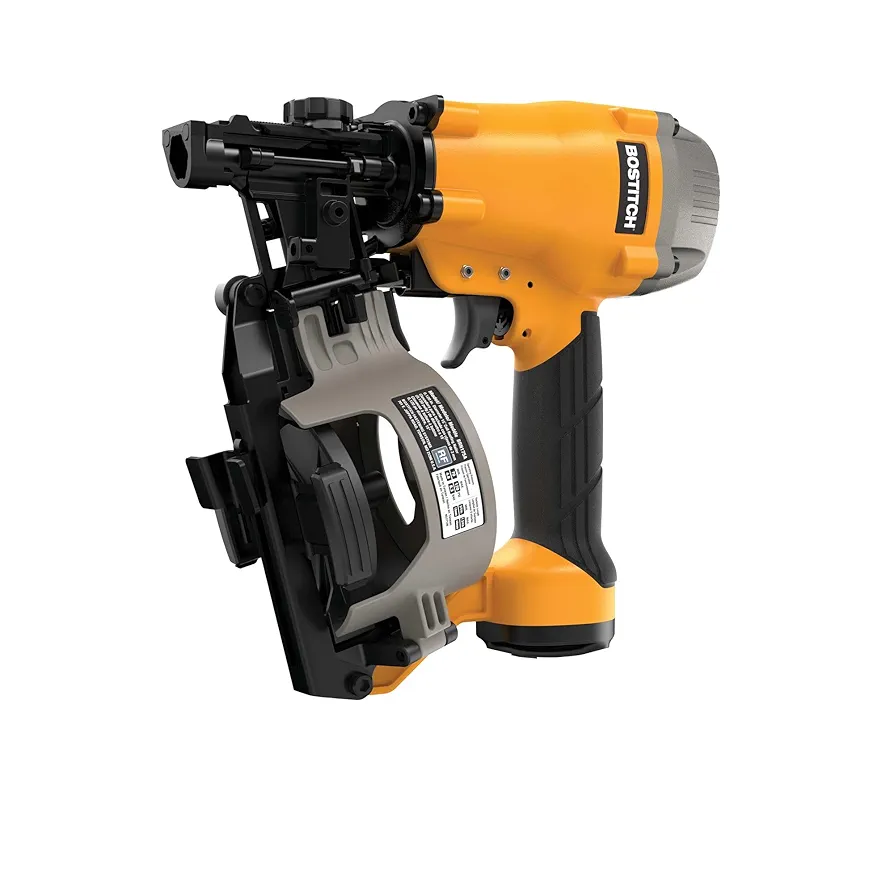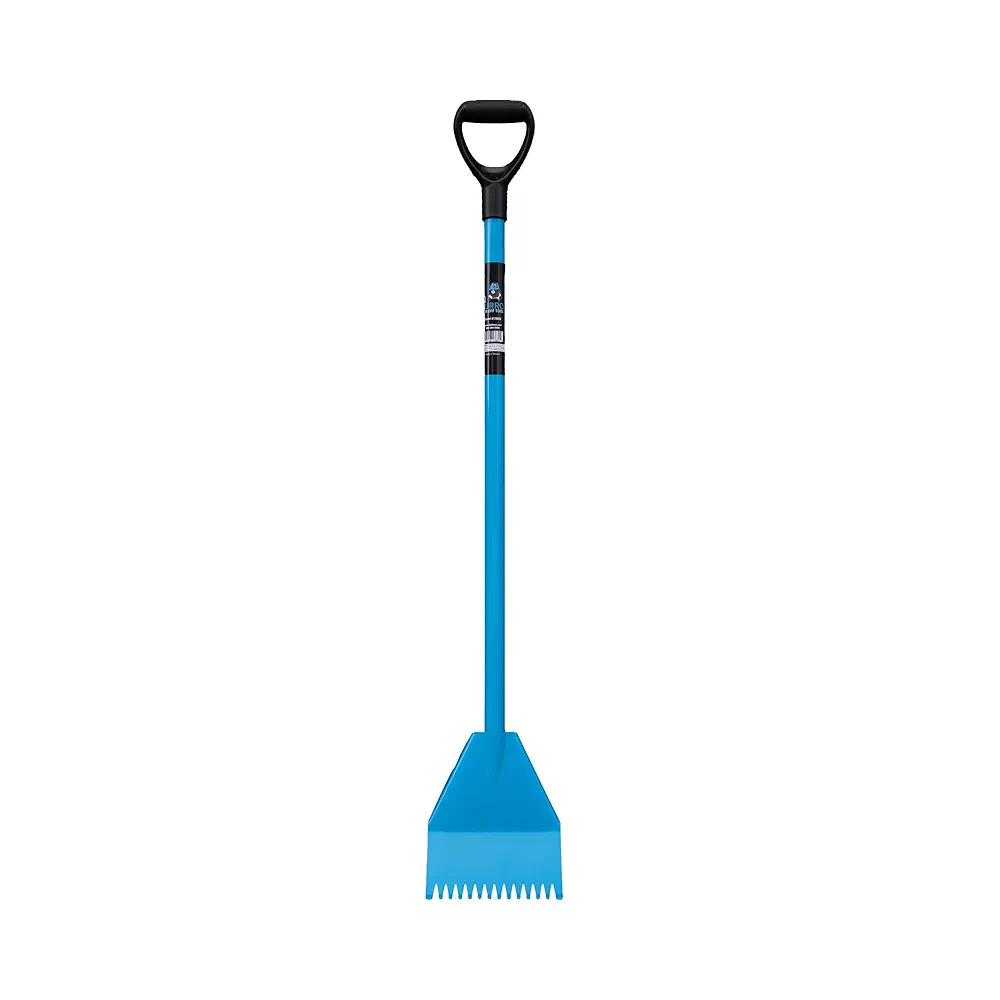🏗️ Roof Truss Calculator (Estimator)
Plan truss counts, approximate member lengths, ridge height, roof area & 4×8 sheathing from building size, pitch, spacing, and overhang
This free roof truss calculator estimates the number of trusses from your building length and spacing, then approximates top chord length, bottom chord (span), truss height, and total roof area to help plan materials and layout. It’s ideal for preliminary budgeting, takeoffs, and comparing layout options (e.g., 16″ vs 24″ spacing).
The tool also helps you approximate 4×8 roof sheathing needs by converting calculated roof area into panels with a modest waste buffer. You’ll find examples, a step-by-step guide, and tables that explain common truss types and where each is typically used.
⚠️ Important: This is not a structural design tool and does not size members or plates. Always use engineered truss drawings for permitting, loads, and installation details.
✅ Use this estimator early in planning to align material orders, delivery, and labor scheduling.
Results will appear here
🔧 Recommended Roofing Tools & Supplies
Disclosure: This section contains affiliate links. As an Amazon Associate, we earn a small commission from qualifying purchases — helping us keep SmartRoofingCalculator free to use.
📌 Enter building width & length, pitch, spacing, and optional overhangs.
🔧 Recommended Roofing Tools & Supplies
ℹ️ Assumptions & Notes
- Top chord length is calculated along the slope from wall plate to ridge plus the sloped projection of the eave overhang.
- Bottom chord length is approximated as the building width (eave-to-eave without overhang).
- Truss count places interior trusses at uniform spacing along length, plus 2 gable ends if selected.
- Roof area uses the standard pitch multiplier: √(1+(rise/12)²) × plan area.
- This tool is for layout estimating; final truss design must be engineered and meet local code loading.
🧮 How to Use This Truss Calculator
- Measure width & length: width = eave-to-eave; length runs parallel to ridge.
- Enter pitch as rise-per-12: e.g., 6 means 6:12. Pitch controls ridge height & top chord length.
- Choose spacing: common layouts are 24″ O.C. (efficient sheathing) or 16″ O.C. (stiffer roof deck).
- Overhang (optional): adds to top chord because the chord follows the slope beyond the wall line.
- Include gable trusses: check if your project has framed gable ends (typical: add 2).
Pro tip: set spacing to align panel edges on rafters/trusses for fewer cuts (24″ O.C. pairs nicely with 4×8 sheathing).
📊 Worked Examples
| Scenario | Inputs | Key Outputs (approx) |
|---|---|---|
| Small garage | 20′×24′, 6:12, 24″ O.C., 12″ OH, +2 gables | ~14 trusses • top chord ≈ 13.4′ each side • height ≈ 4.9′ • roof area ≈ 620 sq ft/side |
| Typical ranch | 30′×50′, 6:12, 24″ O.C., 12″ OH, +2 gables | ~27 trusses • top chord ≈ 16.6′ each side • height ≈ 7.5′ • roof area ≈ 1,940 sq ft total |
| Steeper roof | 32′×40′, 9:12, 24″ O.C., 16″ OH, +2 gables | ~21 trusses • longer top chords • height ≈ 12′ • larger area ⇒ more sheathing |
🏷️ Common Roof Truss Types & Uses
| Truss Type | Where It’s Used | Notes |
|---|---|---|
| Fink / W-truss | Most common residential spans | Efficient webbing; economical for many roof pitches |
| Howe | Longer spans, garages, light commercial | Diagonal web orientation differs from Fink |
| Scissor | Vaulted ceilings | Raised bottom chord; higher ridge; more complex |
| Attic / Room-in-truss | Usable attic space | Heavier & costlier; check live/dead loads carefully |
| Mono | Shed roofs, additions, porches | Single slope; pair to form valleys or step roofs |
🧰 Material Planning Guide (Non-structural)
- Lumber references: Residential top/bottom chords are commonly laminated 2×4 or 2×6 members in manufactured trusses; field-built trusses should not be used without engineering.
- Sheathing: 4×8 panels (32 sq ft each). Typical OSB or plywood: 7/16″–1/2″ for many shingles; heavier panels for closer nail spacing or higher loads.
- Nailing & layout: 24″ O.C. spacing aligns edges with panel joints; 16″ O.C. increases fastener count and stiffness.
- Overhang details: Soffit width and fascia depth influence blocking, sub-fascia size, and drip-edge lengths.
- Roofing stack-up: Don’t forget underlayment, ice & water, drip edge, shingles/metal, ridge vent, and flashings in your total takeoff.
- Waste buffer: Add 5–10% for sheathing waste and off-cuts, more for hips/valleys or complex footprints.
- Delivery & staging: Trusses often require boom delivery and temporary bracing—plan crane access and safe set-down areas.
✅ Best Practices
- Confirm span (bearing to bearing) and heel height from engineered drawings before ordering materials.
- Use temporary bracing during set to maintain spacing and plumb; follow supplier bracing diagrams.
- Align sheathing layout to truss spacing to reduce cuts and increase diaphragm performance.
- Keep trusses off the ground, supported and covered; do not stack with large bows or twist.
- Coordinate overhang dimensions with soffit ventilation strategy and fascia profile.
❓ Frequently Asked Questions
Does this calculator size a structural truss?
No. It provides planning geometry only. Use engineered designs for loads, plate sizing, and code compliance.
How is truss count determined?
By dividing building length by spacing (inches → feet) and adding end conditions (e.g., 2 gable trusses if selected).
What affects top chord length most?
Pitch and overhang. Higher pitch and wider overhangs increase chord length along the slope.
Will scissor trusses change the height output?
Yes—scissor trusses raise the bottom chord. This estimator assumes a common truss geometry for planning only.
What sheathing thickness should I use?
Many shingle systems use 7/16″ or 1/2″ OSB/plywood; check local code, span, spacing, and manufacturer requirements.
How do hips/valleys affect counts?
They add complexity and often require special hip/valley trusses and blocking. Expect more waste and hardware.
What about wind/snow loads?
Loads drive truss design and bracing. Only an engineered supplier design will specify allowable spans and details.
Does spacing change sheathing needs?
Spacing doesn’t change area, but tighter spacing can change panel thickness and nailing schedule.
Can I site-build trusses from 2×4s?
Not without engineering. Manufactured trusses rely on stamped plates, graded lumber, and load-checked geometry.
How accurate is the sheathing estimate?
It’s an approximation based on roof area ÷ 32 sq ft per panel plus a small waste factor. Order a few extra panels for cuts and damage.





